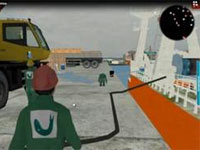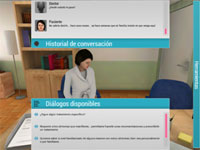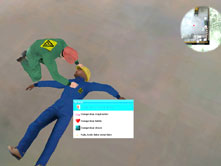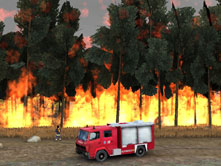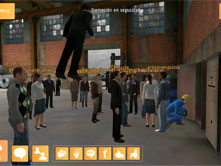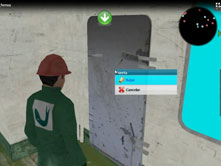Thanks to our technology and learning methodology, we obtain results that it would be impossible to produce with other online tools. It's the perfect complement to other formats such as e-learning.
Our aim is to create learning environments that achieve:
- Identification: Learners should identify with the environment in which they are being trained, their workspace, the company or the brand.
- Motivation: This sort of environment, similar to a video game, motivates learners and makes them much more receptive. It's demonstrated that gamification achieves better results.
- Participation: The format encourages a more inclusive participation than in-class training as learners feel less shy and less embarrassed about speaking in public.
- Learning from experience: Our aim is for learners to put what they have learned into practice in a cooperative manner, not individually. That way, the assimilation of content is infinitely greater because learning becomes a group experience in which there is room for debate and the sharing of alternative points of view.
Different training-activity structures are used depending on the objectives companies wish to achieve:
- Role-playing. Our clients include companies that develop role-playing types of training itineraries. They can be applied to call-centers, customer service, conflict resolution, etc. The exercises are performed online with each individual at their respective workplace, from which they only have to access the training space using their avatar. Once there, they'll find their colleagues and/or the trainers who will guide them through the process.
- Simulation. Other companies seek to impress their teams by sending them to real-life work environments where they learn about procedures, handling machinery, practice for emergencies, workplace health and safety, etc. These exercises can be completed either alone or in collaboration. And thanks to our technology, they can be performed in any real-life or simulated environment.



